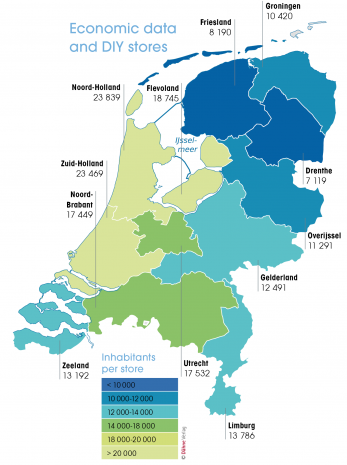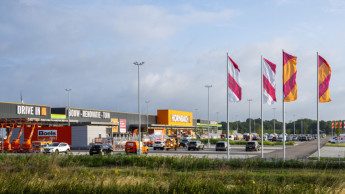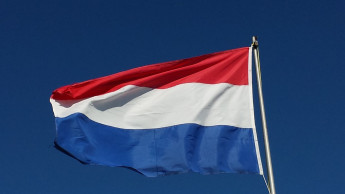The statistics department at Dähne Verlag deals with such questions and researches the data basis. After all, this renowned German specialist publishing house doesn't just produce DIY International, but also statistical standard works for the international DIY industry.
The strongest economic province in the Netherlands is Zuid-Holland on the North Sea coast with its capital city Den Haag and the large port city Rotterdam, the largest North Sea port there is. It is the most densely populated and with a population share of 21.4 per cent, it has a GDP share of 21.5 per cent.
Noord-Holland bordering in the North is, measured in terms of its population's purchasing power, even stronger: 16.5 per cent of the Dutch live here, but they generate 21.2 per cent of the GDP in the Netherlands.
From an analytical point of view of the DIY market however, there is an astonishing structural conformity between the two regions in the North and the South of the country: the two provinces have an almost identical density of DIY stores which is almost identically low at more than 23 000 inhabitants per store - with a nationwide average of 15 660. In other words: if DIY store operators wanted to condense their location network, this is where they would have the most space, at least in calculative terms.
Things look slightly different when taking GDP per capita as criterion for possible expansion plans. In this case too - as already mentioned above - Noord-Holland with almost EUR 53 000 is right up front, but Zuid-Holland with not quite EUR 41 500 is only in fourth place. Rang two is held by Utrecht - however also a province which, with 17 500 inhabitants per store, can also been seen as under-represented in DIY stores compared to the country's average.










